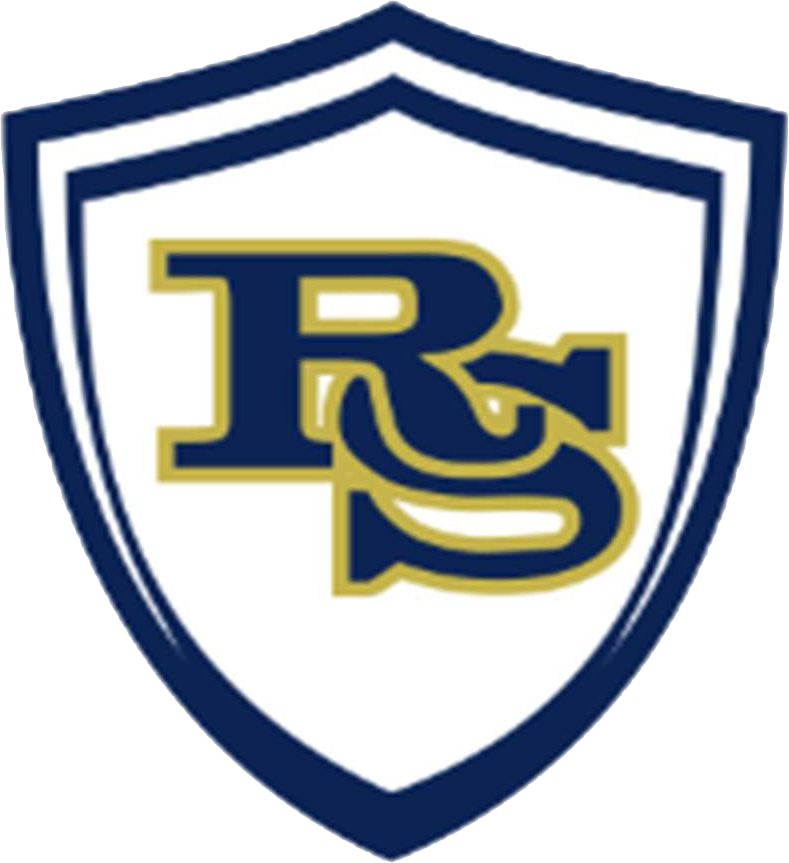Text Structures Stations
Text Structures Stations
Our next unit will cover text structures. These will occur over 2 weeks and be in 2 different types of stations: input and output. The input stations will allow you to take notes, explore and practice with different text structures. The output stations will consist of a variety of activities you will complete and turn in for a grade.
Text Structures- Introduction
Step 1: Watch the video and complete your notes and practice.
Step 2: Practice Identifying text structures and signal words with the materials at your table.
Output Stations
STATION ONE: Compare and Contrast
1. Go to Schoology.
1. Go to Schoology.
2. Go to the R/E Folder.
3. Choose one set of videos and complete the task.
• Rosa Parks and Malala the Brave
1. Rosa Parks Video: https://www.youtube.com/watch?v=v8A9gvb5Fh0
2. Malala Video: https://www.youtube.com/watch?v=CXvs1vwiD0M
• Hurricanes and Tornadoes
1. Hurricane Video: https://www.youtube.com/watch?v=xKubdY2mHXc
2. Tornado Video: https://www.youtube.com/watch?v=-s3UwOq1P1E
• The Hunger Games and Divergent books
1. The Hunger Games Book Talk: https://www.youtube.com/watch?v=DxDv6bu2lDw
2. Divergent Book Talk: https://www.youtube.com/watch?v=85hmNG1ohE4
2. On your desk, draw and complete a Venn Diagram about your chosen topics.
3. Write a brief paragraph that compares and contrasts the two.
4. If you finish early, watch another video set and complete a Venn diagram about them as well.
• Rosa Parks and Malala the Brave
1. Rosa Parks Video: https://www.youtube.com/watch?v=v8A9gvb5Fh0
2. Malala Video: https://www.youtube.com/watch?v=CXvs1vwiD0M
• Hurricanes and Tornadoes
1. Hurricane Video: https://www.youtube.com/watch?v=xKubdY2mHXc
2. Tornado Video: https://www.youtube.com/watch?v=-s3UwOq1P1E
• The Hunger Games and Divergent books
1. The Hunger Games Book Talk: https://www.youtube.com/watch?v=DxDv6bu2lDw
2. Divergent Book Talk: https://www.youtube.com/watch?v=85hmNG1ohE4
2. On your desk, draw and complete a Venn Diagram about your chosen topics.
3. Write a brief paragraph that compares and contrasts the two.
4. If you finish early, watch another video set and complete a Venn diagram about them as well.
STATION TWO: Cause and Effect
1. Read the article, “The Wild Life of Christian the Lion: Can a lion born in a cage ever learn to be free?”
2. Draw a chain showing the most important events as causes and the effects.
STATION THREE: Problem and Solution
1. Choose an endangered species from the following website: https://www.worldwildlife.org/species
2. Use your device or one of the laptops to research why it’s endangered and how to solve the problem.
3. Take a piece of copy paper from the folder.
4. On your piece of copy paper from the folder, create a PSA poster with a picture, three problems the species faces, three potential solutions to solve the problems, and WHY it’s important to save the species.
5. If you finish early, choose another species and create a second poster on the back of your copy paper.
STATION FOUR: Chronological / Sequential
1. Read the passage, "Inventors and Scientists: Alexander Graham Bell." Don’t write on the article.
2. Take a piece of white copy paper from the folder.
3. On the white copy paper, create an illustrated timeline with pictures and a caption explaining each picture. Include six major events from the article in your timeline.
STATION FIVE: Description
1. Read the article “Into the Unknown: The Incredible Adventures of Lewis and Clark”- Don’t write on the article.
2. Take a worksheet with the graphic organizer from the folder. This is your worksheet to write on.
3. Fill in the graphic organizer with information from the article. The central idea should be a complete sentence, and the details should be filled in with evidence from the text.
4. Answer the questions on the back in complete sentences.
5. Fill in the paragraph frame using information from the article and your graphic organizer.
STATION SIX: Mixed Station
1. Take a worksheet from the folder – this is your worksheet to write on.
2. Determine the text structure of each paragraph (chronological, cause and effect, description, compare and contrast, problem and solution). You will use each one once!
3. Circle (or highlight) signal words in each paragraph.
4. Use the organizers on the back to fill in information about each of the matching paragraphs from the front.
